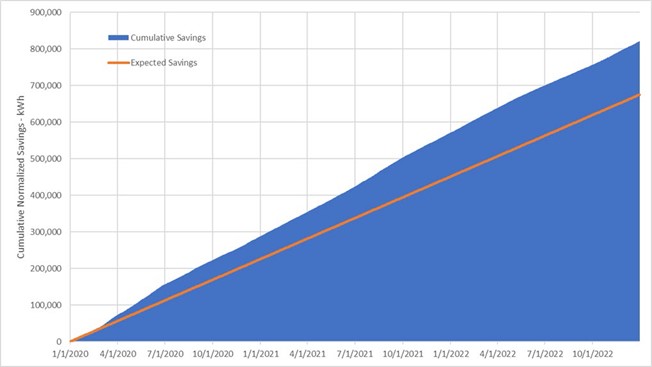Project Info
COMPLETE
 Project Title
Project Title
 Project Title
Project Title
Assess NMEC Approaches for Energy Savings
Project Number ET17SCE7050 Organization SCE End-use Whole Building Sector Commercial Project Year(s) 2017 - 2022Description
In response to AB 802, the objective of this study is to develop a viable meter-based program offering for large commercial customers. The legislation and subsequent proceedings and decisions from the CPUC enable Program Administrators to design and implement energy efficiency programs that provide incentives from energy savings that are based on analysis of metered energy use data before and after energy efficiency measures are installed in customer buildings. As a strictly ex-post measurement methodology, through NMEC SCE aims to a) ease the customer burden associated with current Custom program offerings and ex-ante review process b) offer incentives for below-code and traditionally difficult-to-measure savings opportunities and c) embed the evaluation of the program within the design itself, enabling high and pre-determined net-to-gross ratios. SCE will be working with a grocery store to test this alternative pathway for Custom Calculated projects and develop processes to inform the development of this program.
Project Report Document
Loading PDF Preview...
